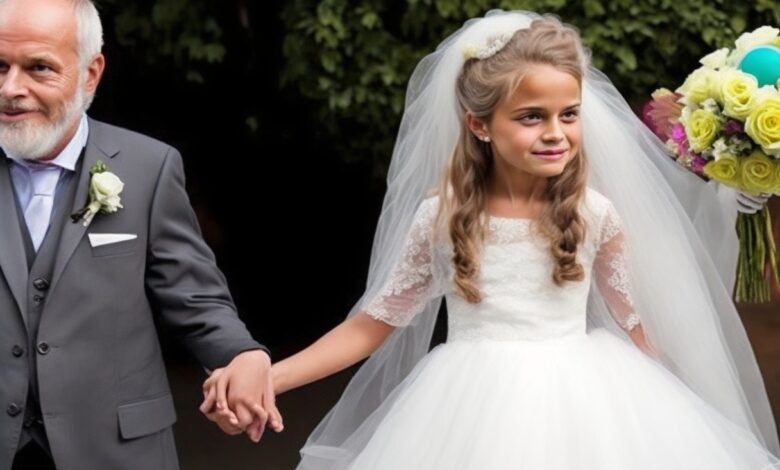Breaking the chains: The Child Marriage Restraint Act and its impact on ending child marriage

Marriage is a sacred institution that binds two consenting adults, symbolizing love, commitment, and companionship. However, there are parts of the world where children are forced into marriage before they are even able to comprehend its implications. This unethical practice not only violates the rights of innocent children but also hampers their physical, mental, and emotional development. It is within this context that the Child Marriage Restraint Act comes into play, aiming to eradicate this social evil and protect vulnerable children from its grasp.
In many societies, child marriage is deeply rooted in cultural traditions and norms. Families often view it as a means to secure financial stability or preserve social status. However, these justifications do not account for the fact that child marriage robs children of their childhood and denies them the opportunity to realize their full potential.
The Child Marriage Restraint Act serves as a powerful tool in combating this pervasive issue. By setting a minimum age of marriage for both boys and girls, this act seeks to ensure that children have the chance to grow, learn, and make informed decisions about their own lives. It emphasizes the importance of education, as it recognizes that educated children are more likely to break free from the cycle of poverty and contribute positively to society.
One of the key provisions of the act is the prohibition of marriage below the prescribed age limit. It is essential that society understands the gravity of this issue, and communities, parents, and religious leaders collectively work towards creating an environment that nurtures childhood rather than curtailing it prematurely.
Furthermore, the law acknowledges the role of child protection institutions and agencies in enforcing its provisions. These organizations play a vital role in safeguarding the rights and well-being of children, acting as a support system for those at risk of child marriage. Collaboration between these institutions and communities is crucial to effectively address this issue and ensure compliance with the law.
Nevertheless, the successful implementation of the Child Marriage Restraint Act requires a multi-faceted approach that extends beyond legislation. Awareness campaigns, education programs, and social initiatives are integral in crushing the deep-rooted belief systems surrounding child marriage. Empowering young girls and boys with knowledge about their rights and building their self-confidence will equip them to resist societal pressures and make choices that align with their aspirations.
It is important for society to recognize that child marriage does not solely affect girls; boys are also victims of this practice. By broadening the conversation to include boys, we can foster a culture that prioritizes the welfare of all children, regardless of gender. This inclusive approach will build a more equitable society, where children can grow and thrive without the shackles of early marriage.
The Child Marriage Restraint Act is a long-awaited step towards eradicating child marriage and ensuring the well-being of our future generations. But it is not just the responsibility of the law to bring about change. Each one of us must actively engage in challenging harmful beliefs and practices, and work collaboratively to end child marriage once and for all. Only then can we create a world where all children are given the opportunity to truly be children.
Human right activist
Nada Foundation




